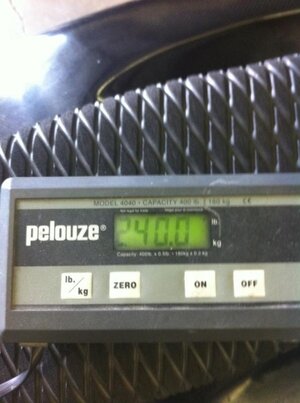Can't believe after all this weight talk that not one person has mentioned hull design vs weight. Just because a hull is light does not mean that it will ride up a wake smoothly and pop out of the water like a lightweight hull should. If the hull is too short, too long, too narrow, etc... your confidence and agility on the hull will suffer severely and you may end up even worse off than a stock hull. Similarly, it doesn't matter how well designed the front of the ski is if the back of the ski isn't addressed and vice versa. A hull needs to be a complete package from nose to tail.
Another point I think is worth mentioning is the way Tem builds the superfreaks. Manufacturing process is where his extra cost is IMO. Vacuum bagging adds a lot of time, equipment, and materials. It also isn't something you can learn to do properly overnight. I don't care how good you are laying something up, it will never be as good, light, or as strong as the same part that was bagged. Bagging removes excess resin and drastically reduces tiny voids which are the origin of most stress cracks. In the aerospace industry, we consider a flaw to be 0.005" or about the width of a human hair. That flaw of 0.005" is enough to start a crack in normal use. So the bigger the voids, the faster the cracks show up.
Another point I think is worth mentioning is the way Tem builds the superfreaks. Manufacturing process is where his extra cost is IMO. Vacuum bagging adds a lot of time, equipment, and materials. It also isn't something you can learn to do properly overnight. I don't care how good you are laying something up, it will never be as good, light, or as strong as the same part that was bagged. Bagging removes excess resin and drastically reduces tiny voids which are the origin of most stress cracks. In the aerospace industry, we consider a flaw to be 0.005" or about the width of a human hair. That flaw of 0.005" is enough to start a crack in normal use. So the bigger the voids, the faster the cracks show up.

